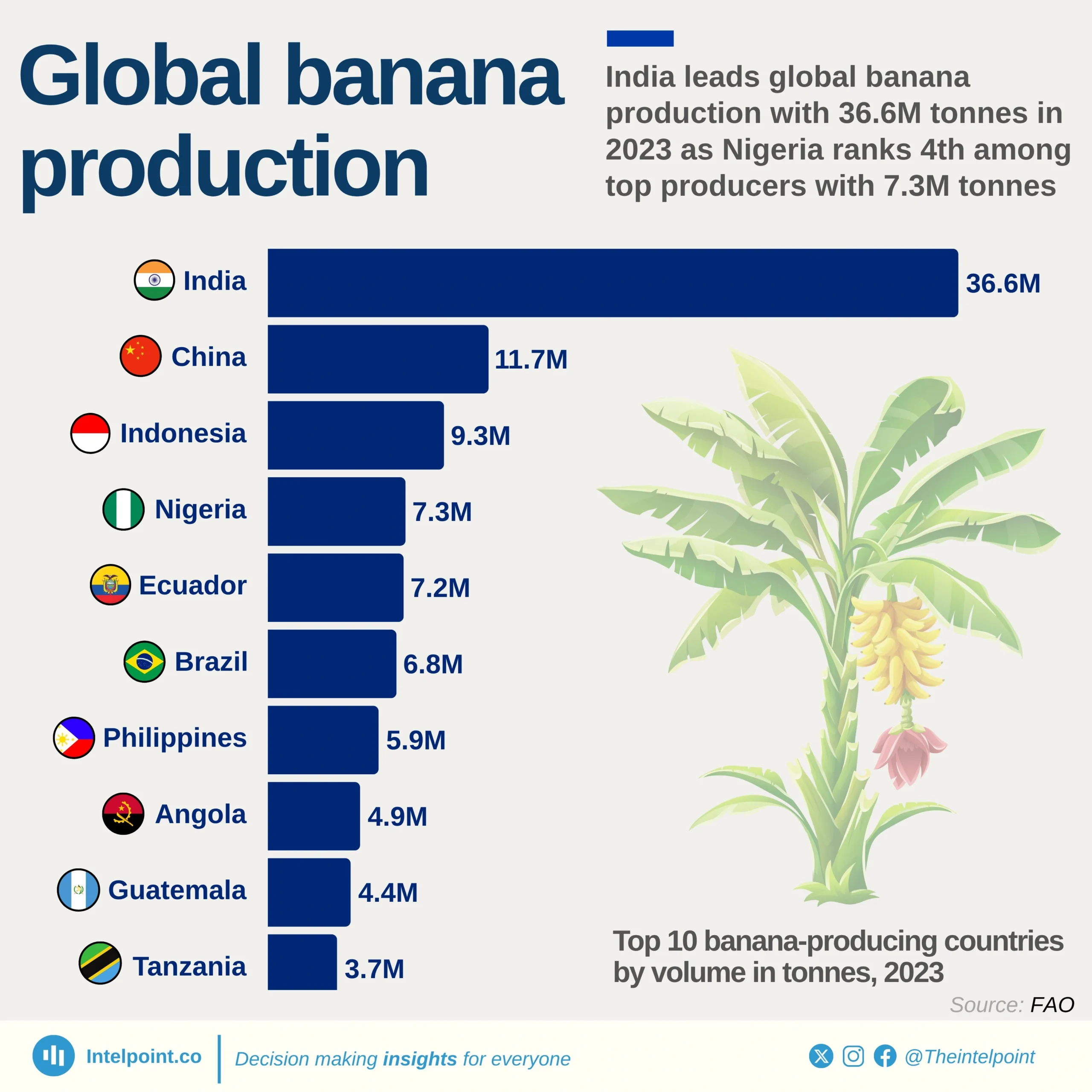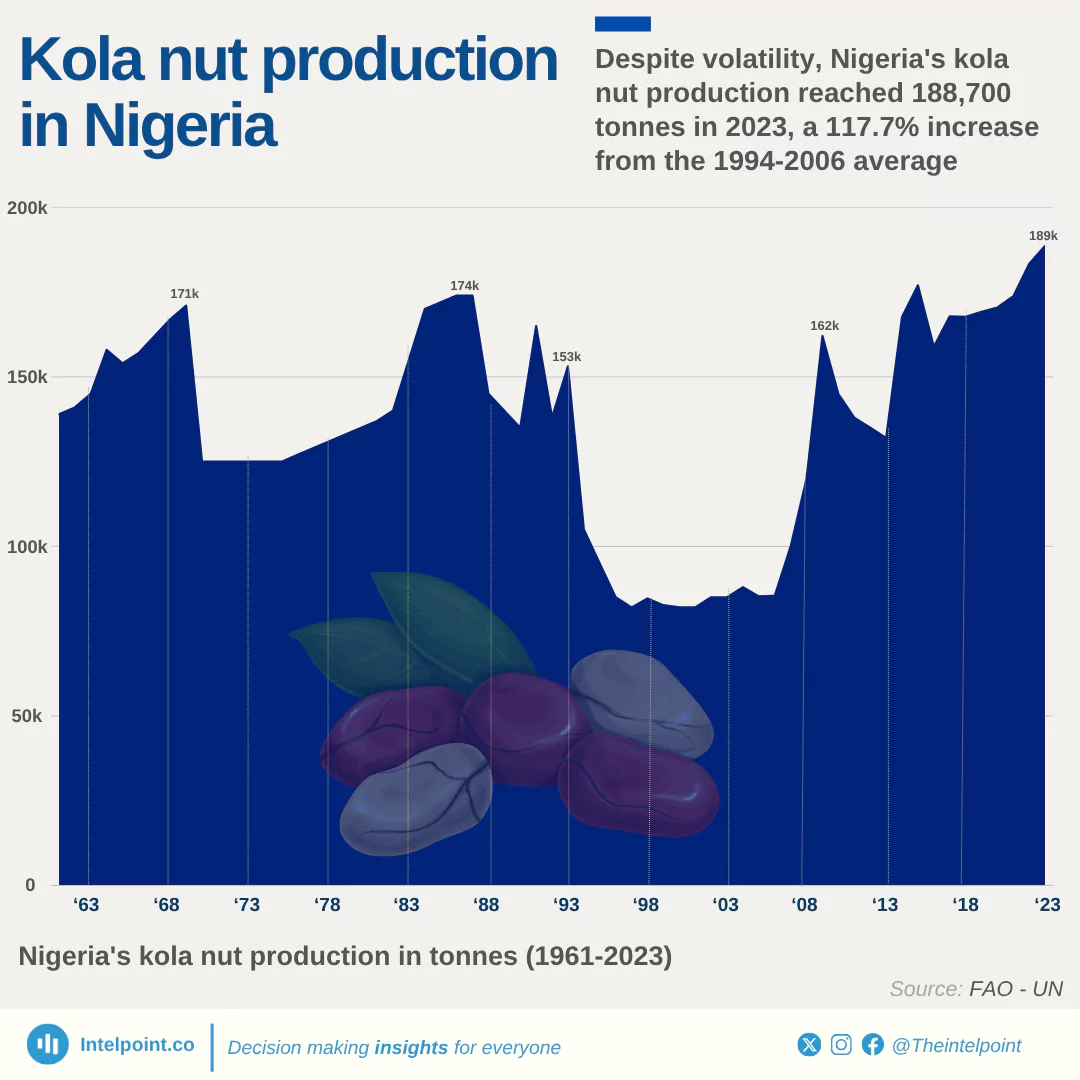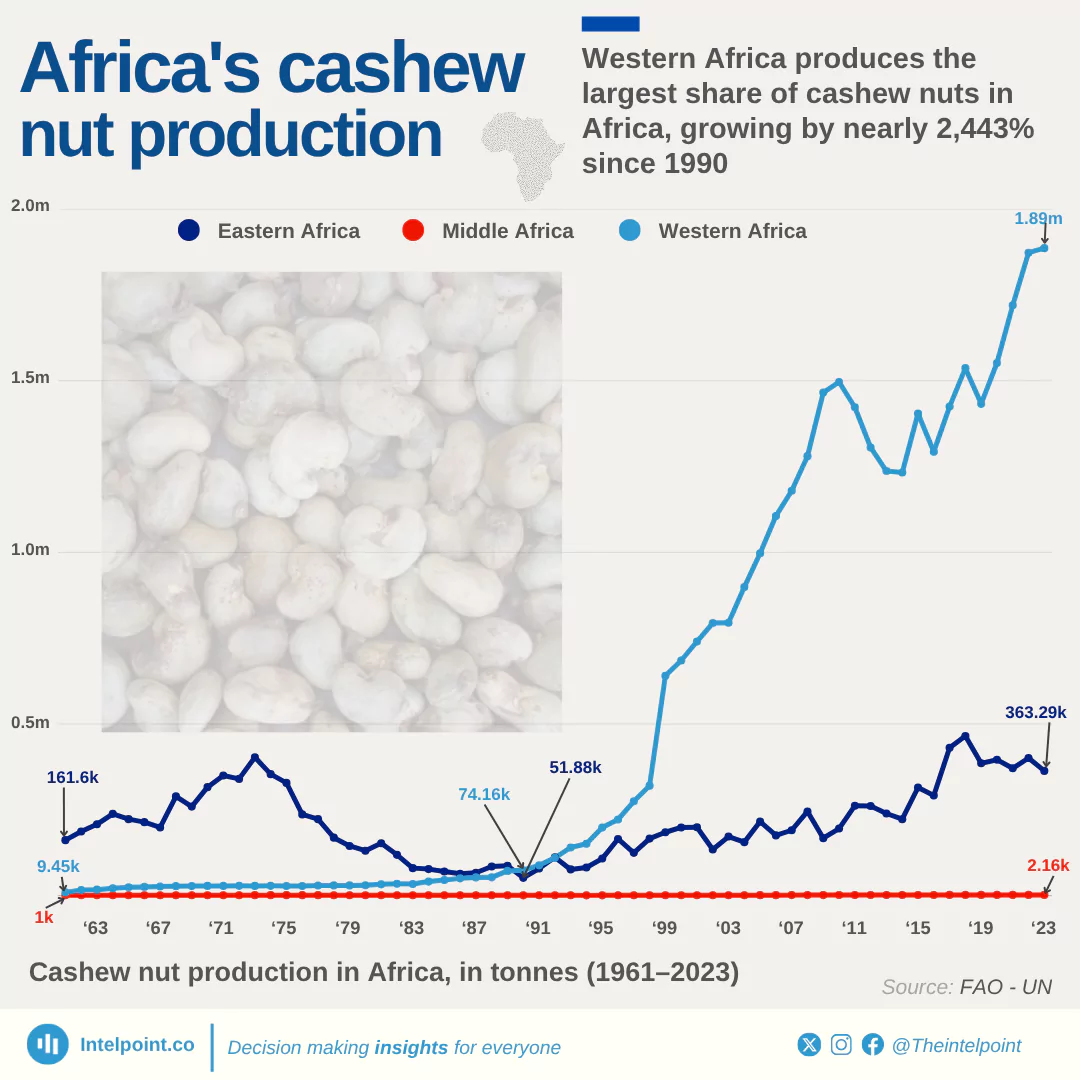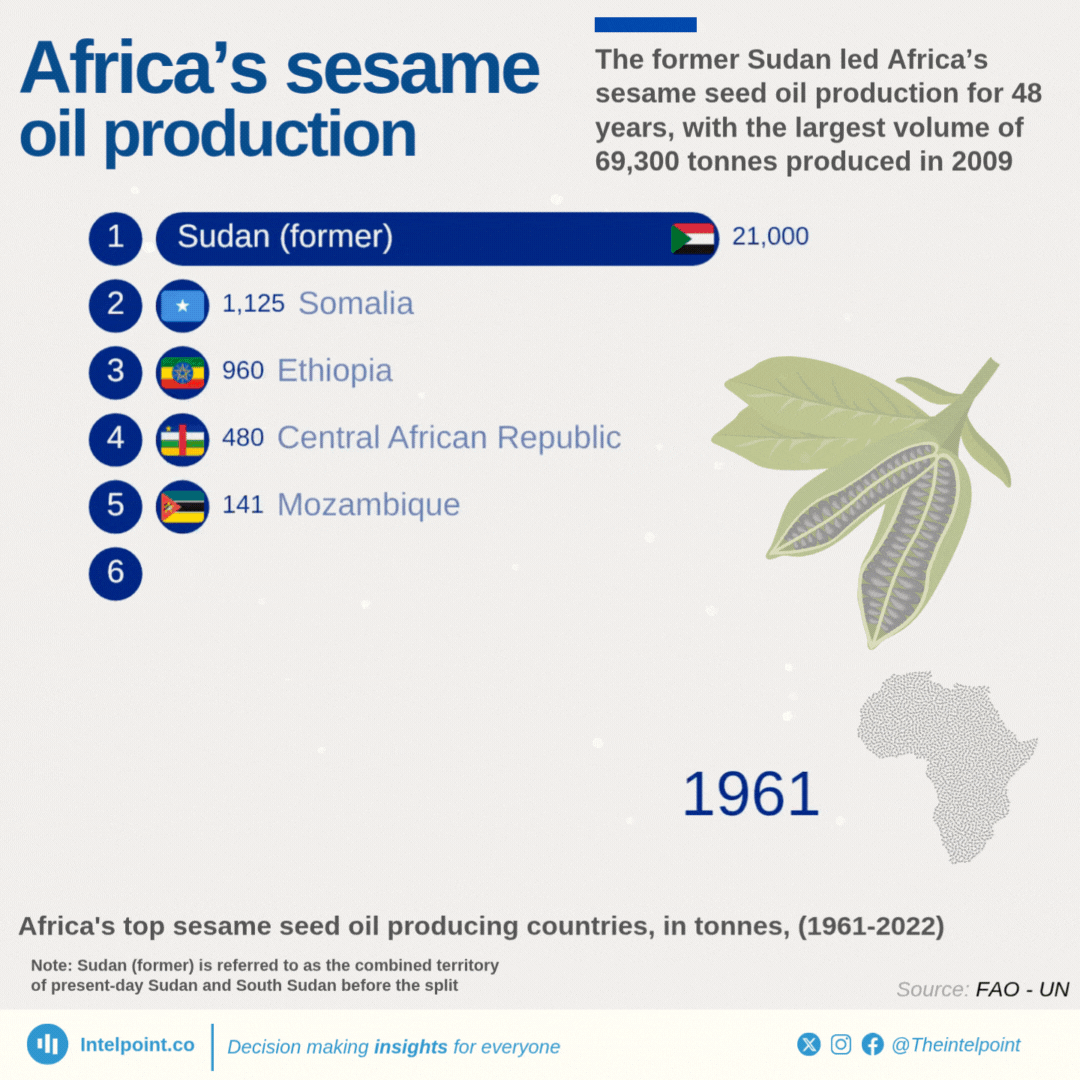Between 2019 and 2022, Nigeria’s forest area shrank by nearly 5,000 km², continuing its trend of deforestation. Ghana, on the other hand, saw a consistent yearly increase, making it the only country among the top forest owners in West Africa to expand its forest cover. Liberia, Senegal, and Burkina Faso also recorded declines, though at a slower rate than Nigeria.





